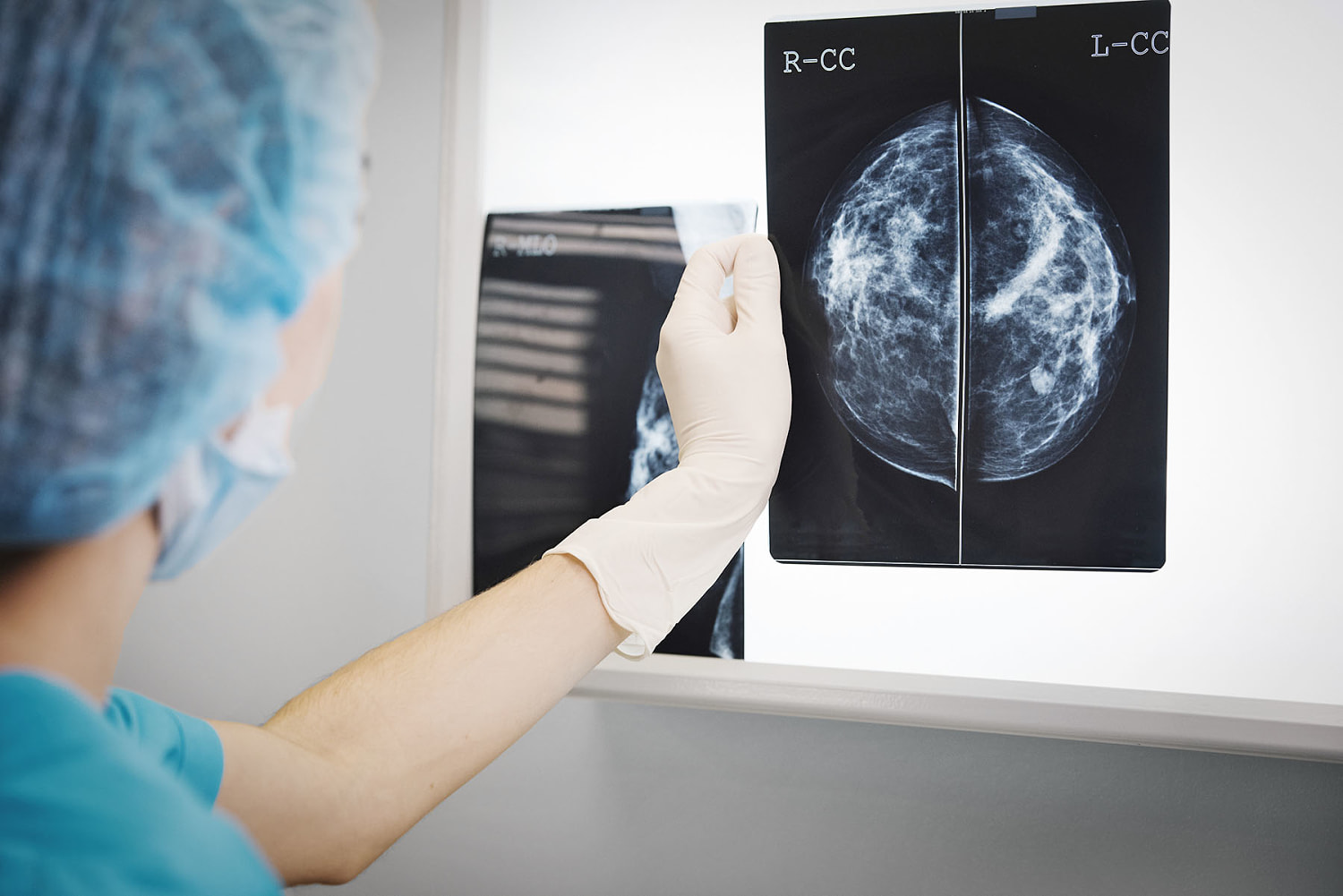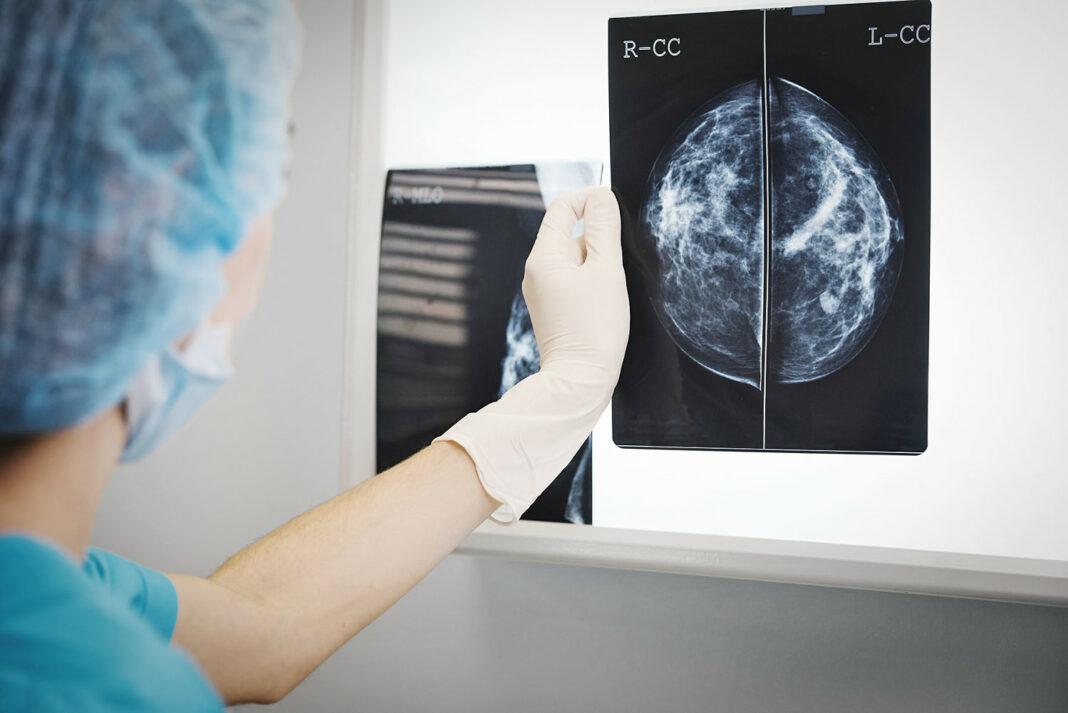
Being overweight or obese has long been linked to a greater risk of developing or dying from breast cancer. New research suggests a reason: Certain breast cancer tumors may feed on neighboring fat cells.
The findings may help scientists find ways to treat triple-negative breast cancer, which is notoriously aggressive and has lower survival rates. Moreover, the results may apply to any cancer that uses fat as an energy source, according to the report, published Wednesday in Nature Communications.
Triple-negative accounts for about 15% of all breast cancers. It tends to be more common in Black women and women under 40 and is more likely to recur than other cancers.
The breast tumor cells appear to gain access to the fat cells’ content by poking a straw-like structure into the fat cells and then dislodging the lipids stored there.
If researchers can find a way to block tumors from tunneling into neighboring fat cells without harming patients, they might have a way to cure the often deadly cancers, said the study’s lead author, Jeremy Williams, a postdoctoral scholar at the University of California, San Francisco.
“Aggressive cancer cells can co-opt different nutrient sources to help them grow, including by stimulating fat cells in the breast to release their lipids,” Williams said. “In the future, new treatments might starve the tumor cells by preventing their access to lipids from neighboring cells.” Lipids are fatty compounds, such as cholesterol, that are used largely for energy storage in the body.
Williams and his colleagues ran multiple experiments, some using tissue from breast cancer patients and others using a mouse model of a breast cancer patient.
In the experiments exclusively using human tissue, the researchers examined fat cells at varying distances from tumor cells. They found that the closer the fat cells were to tumor cells, the more depleted in lipids they were.
When the researchers blocked the tumor cells’ ability to build the straw-like structures, officially known as gap junctions, the tumors stopped growing.
They found a similar result in a mouse model, in which tumor cells from breast cancer patients were tweaked genetically so they lost some of their ability to make gap junctions. When the tissue was implanted in mice, the mice were protected.
“Knocking out a single gene impaired the formation and progression of the tumor,” Williams said.
Williams and his colleagues started looking at mechanisms to explain an earlier finding from the lab he worked at.
“These tumors were burning fatty acids as a source of energy,” he said. “It seemed an urgent question to answer where the fatty acids were coming from.”
As it turns out, several medications that inhibit gap junction formation are being studied in early-phase clinical trials for other purposes, Williams said.
How cancer ‘grows and feeds itself’
Dr. Julia McGuinness, a breast cancer specialist and an associate professor of medicine at the Columbia University Vagelos College of Physicians and Surgeons, said it’s the first evidence of a mechanism showing the association between fat and cancer.
It’s also “suggesting one pathway to treat aggressive cancers for which we don’t have any good therapies,” McGuinness said. “We already know that obese women who have these kinds of cancer have worse outcomes.”
The new research may also suggest that lifestyle modifications that would help women achieve healthy weights might also protect against such cancers, McGuinness said. “Slimming down could be protective,” she said, adding that obesity has been shown to be a risk factor for all breast cancers.
The authors of the study found ways to look at the mechanism linking fat to breast cancer growth in ways that couldn’t be tested in human beings, said Justin Balko, the Ingram professor of cancer research at Vanderbilt University Medical Center.
“They found a new way cancer grows and feeds itself,” Balko said. “If some of the same effects are observed in humans, it might be fodder for differences in the way we treat patients.”
But there are caveats, Balko said. “For example, we don’t know if this is a major mechanism by which breast cancer grows in humans,” he said. “But it makes a lot of sense.”



